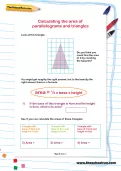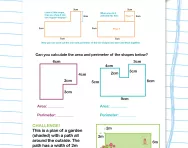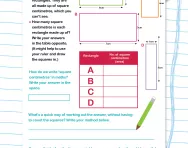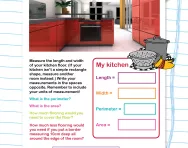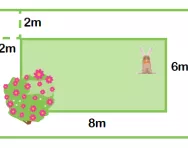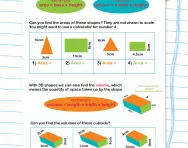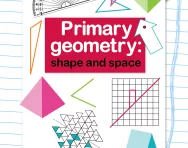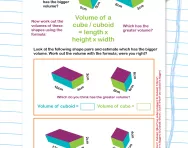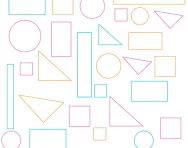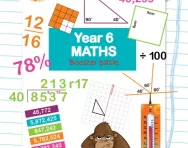TheSchoolRun.com closure date
As we informed you a few months ago, TheSchoolRun has had to make the difficult decision to close due to financial pressures and the company has now ceased trading. We had hoped to keep our content available through a partnership with another educational provider, but this provider has since withdrawn from the agreement.
As a result, we now have to permanently close TheSchoolRun.com. However, to give subscribers time to download any content they’d like to keep, we will keep the website open until 31st July 2025. After this date, the site will be taken down and there will be no further access to any resources. We strongly encourage you to download and save any resources you think you may want to use in the future.
In particular, we suggest downloading:
- Learning packs
- All the worksheets from the 11+ programme, if you are following this with your child
- Complete Learning Journey programmes (the packs below include all 40 worksheets for each programme)
You should already have received 16 primary school eBooks (worth £108.84) to download and keep. If you haven’t received these, please contact us at [email protected] before 31st July 2025, and we will send them to you.
We are very sorry that there is no way to continue offering access to resources and sincerely apologise for the inconvenience caused.
Calculating the area of parallelograms and triangles
To work out the area of a triangle, we use the formula: area = ½ x base x height. See if you can calculate the areas of these triangles.
How do KS2 children learn to calculate the area of parallelograms and triangles?
In Key Stage 2 (KS2), children learn to calculate the area of parallelograms and triangles by using simple formulas based on what they already know about rectangles.
Here's how they do it:
- For parallelograms, they multiply the base by the height, just like with rectangles.
- For triangles, they multiply the base by the height, then divide the answer by 2.
- They use visuals like diagrams and shapes to help them understand why the formulas work.
This should build on their existing knowledge of area.
How will this teacher-created worksheet help your KS2 child?
This resource provides clear explanations in a colourful layout that will encourage your child to practise what they know and build their confidence at home and in the classroom. Examples are provided, as well as answers to the activities.
For more help with maths, check out our hub page.
